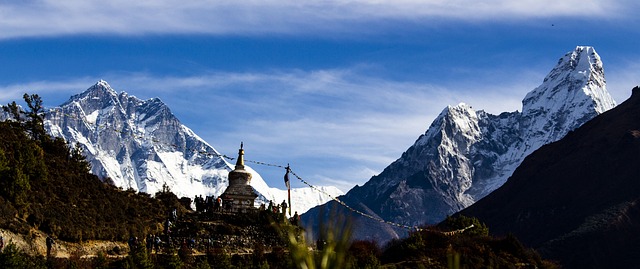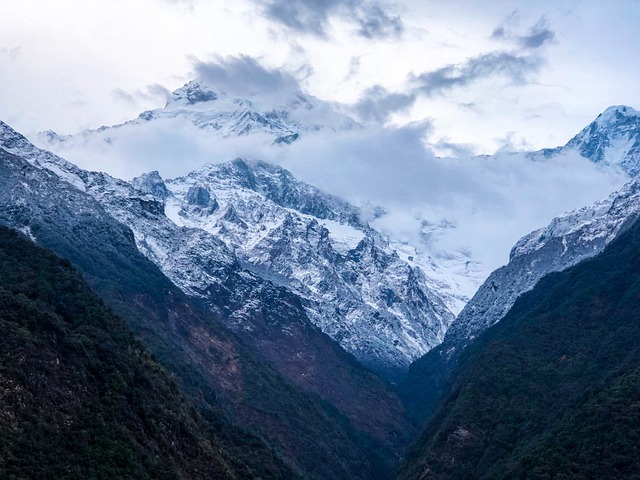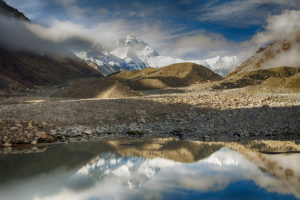Indigenous Opposition to Colombia's Recovery of 18th-Century Galleon
Indigenous communities in Bolivia are expressing their objections to Colombia's plans to salvage the remains of an 18th-century galleon, believed to contain valuable treasures such as gold, silver, and emeralds worth billions. They are urging Spain and UNESCO to intervene and stop the project.
Call for Preservation of Shared Heritage
Colombia intends to start recovering artifacts from the San José wreck in the near future. However, Indigenous groups in Bolivia—including the Caranga, Chicha, and Killaka peoples—argue that the galleon and its contents should be regarded as "common and shared patrimony."
Concerns Over Violation of Rights
A significant portion of the treasure aboard the San José is believed to have been extracted through the forced labor of Indigenous peoples in Bolivia. Therefore, the communities assert that Colombia's plan to retrieve the remains without consulting their descendants would breach international laws. In a letter to UNESCO, they stated that proceeding without their consent, involvement, and considering the impact on their present and future would be irresponsible and unjust.
Table: Indigenous Communities' Concerns
| Concern | Indigenous Communities' Stance |
|——————————————|——————————————————————————-|
| Recovery of 18th-century galleon | Objecting to Colombia's salvage plans |
| Contents of the San José | Advocating for considering them as shared heritage |
| Violation of rights due to forced labor | Asserting that retrieval without consultation violates international laws |
| Impact on present and future communities | Insisting on the importance of considering the implications for their people |
# The Sunken Treasure of the San José
The famous San José ship, which sank in 1708 off the coast of Cartagena while carrying a valuable cargo of gold, silver, and emeralds from Latin America to Spain, has been a subject of international legal disputes since its discovery in 2015. The wreck, located 600 meters underwater, has been described as the "holy grail of shipwrecks" and is believed to hold riches worth up to $17 billion.
## Legal Disputes and Claims
Colombia, Spain, and a US salvage company are all making claims to the wreck and its valuable contents. The ongoing legal battles have led to a case in The Hague as each party seeks ownership of the sunken treasure. The complex situation has created a challenging environment for resolving the ownership of the historic shipwreck.
## Exploration and Future Plans
In February, the Colombian government announced its intention to explore the shipwreck further and potentially establish a museum dedicated to the 150ft vessel. With plans to build a museum showcasing the historical significance of the San José, Colombia is allocating resources towards preserving and commemorating this important piece of maritime history.
—

*Table Caption: Description of the Sunken Ship San José*
| Item | Description |
|———–|—————————-|
| Location | Off the coast of Cartagena |
| Cargo | Gold, silver, emeralds |
| Depth | 600 meters (~2,000ft) |
| Estimated Value | Up to $17 billion (~£13bn) |
| Length | 150ft (46 meters) |
—
By taking a closer look at the history and significance of the San José shipwreck, it becomes evident that its discovery has sparked intense legal battles and ambitious plans for preservation and exploration. The future of this sunken treasure continues to captivate the interest of nations and historians alike.
# Exploring the Sunken Spanish Galleon San José
Colombia's culture ministry has announced a budget of $3 million for the initial exploration phase of the sunken Spanish galleon San José, lying off the Caribbean coast of Cartagena. This phase will involve the use of advanced robots to search the seabed for the shipwreck.
## Controversy Surrounding the Exploration
Bolivian Indigenous communities have raised concerns about Colombia's exploration of the San José. They argue that Colombia should include the descendants of those who mined the precious metals used in the treasures aboard the galleon in the exploration process. A significant portion of the cargo onboard the San José is believed to have been sourced from the Potosí mines in southern Bolivia, making it a shared historical and cultural heritage.
## Request for Intervention
The Bolivian communities have called for the involvement of Spain and UNESCO before Colombia proceeds with the unilateral retrieval of the wreck's remains from the seabed. They emphasize the need for a collaborative approach that respects the historical significance of the treasure and involves all relevant stakeholders in the exploration and recovery efforts.
—
| Ship Name | San José |
|——————-|—————–|
| Location | Cartagena, Caribbean coast |
| Exploration Budget| $3 million |
—
# Uncovering the Historical Significance of the Potosí Mines
The Significance of Sunken Ships and Historical Remains
The letter from three Indigenous Bolivian groups expresses a deep connection to the remains found on sunken ships, particularly in relation to the Potosí mines. These mines, once the largest in the world, played a crucial role in the Spanish empire's economy. The memory and history of the Indigenous and African people who toiled in these mines are intertwined with the artifacts left behind on these sunken vessels.
Historical Importance of the Potosí Mines
Historians highlight the immense importance of the Potosí mines, which were responsible for producing over half of the world's silver before their depletion. Indigenous individuals and African slaves labored in these mines, extracting valuable resources that were then transported to Europe on Spanish treasure fleets like the San José. This wealth funded colonial wars and played a significant role in shaping world history.
Indigenous Perspectives on Underwater Discoveries
The Indigenous Bolivian groups view the extraction of artifacts from sunken ships as a way to unearth fragments of their past. For them, each discovery is akin to finding an island where their ancestors' memories and creations are preserved. These underwater excavations serve as a link to their heritage and offer insights into the labor and sacrifices made by their forebears in the Potosí mines.
| Category | Description |
| ———————– | ——————————————————— |
| Historical Significance | The deep connection between sunken ships and historical remains in the Potosí mines |
| Economic Importance | The pivotal role of the Potosí mines in the Spanish empire's economy |
| Labor and Heritage | The Indigenous perspective on uncovering ancestral memories and creations |
Preservation of Historical Artefacts in Colombia
The director of the Colombian Institute of Anthropology and History, Alhena Caicedo, stated to the Guardian that Colombia would adhere to UNESCO's request by not selling any valuable artefacts that have been recovered. This decision was made to ensure the preservation and protection of these historical items.
Indigenous Community Involvement in Decision Making
José María Lancho, a lawyer in Madrid representing three Bolivian groups, expressed his concern about the exclusion of Indigenous communities in discussions regarding the fate of the San José artefacts. He emphasized the importance of respecting the rights and views of these communities in decisions related to cultural heritage.
Promoting Reconciliation and Fair Compensation
Lancho highlighted that involving Indigenous communities in the decision-making process could lead to a historic opportunity for reconciliation between Spain and Colombia. Furthermore, he emphasized the need for fair compensation to be provided to Indigenous communities if any elements from the San José are used for profit, even if they are displayed in museums.
A possible table can be added here to summarize the key points or arguments presented in the article.
In conclusion, it is crucial for governments and authorities to consider the perspectives and rights of Indigenous communities in the preservation and utilization of cultural heritage. By respecting these communities and involving them in decision-making processes, countries like Colombia and Spain can promote reconciliation and ensure fair treatment in the handling of historical artefacts.
Colombian Ministry of Culture's Response to Indigenous Communities' Claims on Archaeological Treasure
The Colombian Ministry of Culture chose not to provide a direct response to a letter regarding the San José shipwreck, but mentioned that they invited the Qhara Qhara Indigenous community to be involved in the exploration of the ship's remains. It was reported that the Caranga, Chicha, and Killaka communities believe they have a rightful claim to the treasure of the San José due to their ancestors' involvement in extracting and processing the silver. On the other hand, the Qhara Qhara community asserts their rights to the archaeological treasures based on their ownership of the land where the shipwreck is located.
Comparison of Indigenous Communities' Claims on San José's Treasure
| Indigenous Community | Basis of Claim |
|———————–|————————————|
| Caranga, Chicha, Killaka | Ancestors' forced labor on silver processing |
| Qhara Qhara | Land ownership rights |




























